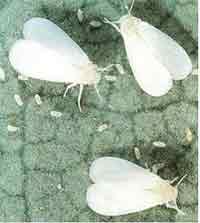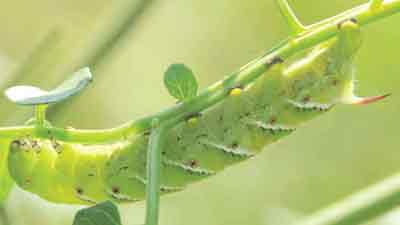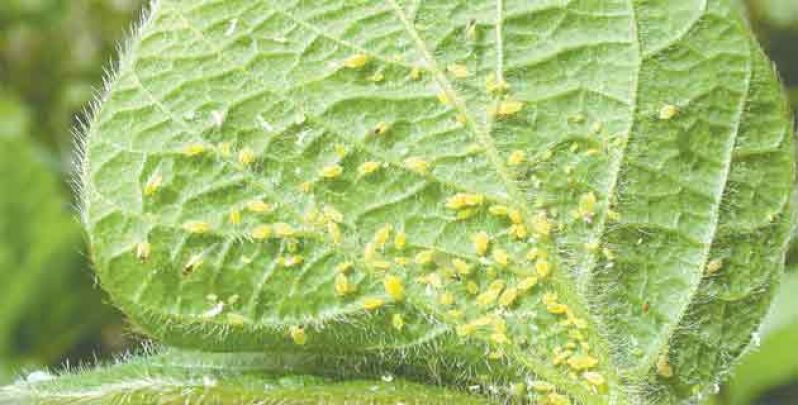IPM refers to the careful consideration of all available pest control techniques and integration of appropriate measures that discourage the development of pest population.
IPM keeps chemical pesticides and other interventions to levels that are economically justified and reduce or minimise risks to human health and the environment.
IPM is basically about the farmer managing pests in a manner in which using the harsher chemicals is the last thing he or she does.
It is about using chemicals as a last resort.
What does IPM involve?
IPM involves Pest Identification, Monitoring and Management.
Identification means knowing the insect and the damage it causes; monitoring involves finding the problem early and management involves using preventative measures or a mix of biological, cultural, physical/mechanical and (as a last resort) chemical tools.
Identification:
Know who you are fighting. A large part of this is to be able to identify what pests you have on crops in the shade house or the garden.
The four main insect pests of gardens are whiteflies, aphids, leaf miners and caterpillars.
You need to make sure that you know what they look like.
Monitoring:
Some of these pests are usually so small that you may have difficulty in seeing them with the naked eye so the best approach is to know what the damage they cause look like.
White flies attack tomatoes, eggplants, pepper, hibiscus and other flowers.
Aphids attack lettuce, parsley, celery, egg plants, pepper, cole crops such as broccoli and cauliflower.
Leaf miners attack lettuce, tomatoes and onions
Caterpillars defoliate mostly everything that has leaves.
Management:
Biological control is the use of natural enemies—predators, parasites, pathogens, and competitors—to control pests and their damage.
Cultural controls are practices that reduce pest establishment, reproduction, dispersal, and survival. Crop rotation, cleanliness, etc
Physical/Mechanical controls kill a pest directly or make the environment unsuitable for it.
Traps for insects are examples of mechanical control.
Use of natural pesticides:
Some natural pesticides are pepper, garlic oil and neem extracts.
Soapy water can also help because soapy water will wash a waxy coating off the insect pests and their skins become dry and they become more vulnerable and often die.
These treatments must be done late afternoon not in the heat of the day nor in the morning.
(To be continued)




.jpg)










